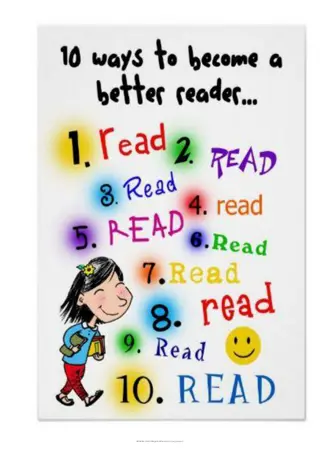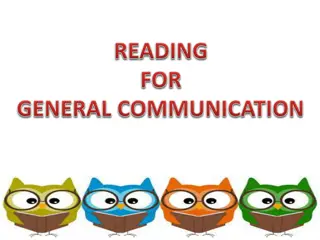Introduction to Dystopian Literature: Summer Reading Exploration
Explore the origins of utopia and its transition to dystopia in American society through a critical analysis of dystopian characteristics and control mechanisms. Discover how propaganda, surveillance, and societal oppression are depicted in dystopian literature, challenging readers to question societal norms and values.
Download Presentation

Please find below an Image/Link to download the presentation.
The content on the website is provided AS IS for your information and personal use only. It may not be sold, licensed, or shared on other websites without obtaining consent from the author.If you encounter any issues during the download, it is possible that the publisher has removed the file from their server.
You are allowed to download the files provided on this website for personal or commercial use, subject to the condition that they are used lawfully. All files are the property of their respective owners.
The content on the website is provided AS IS for your information and personal use only. It may not be sold, licensed, or shared on other websites without obtaining consent from the author.
E N D
Presentation Transcript
INTRO TO DYSTOPIAN LITERATURE SUMMER READING ASSIGNMENT
WHAT IS A UTOPIA? In order to understand the idea of dystopia, we must first understand the term UTOPIA: A place, state, or condition that is ideally perfect in respect of politics, laws, customs, and conditions. You will read an excerpt about the origin of the term as part of your summer reading assignment!
UTOPIA TO DYSTOPIA In America in the pre-colony days, the goals of some of the groups were to establish a utopian society- in many cases this revolved around religion. In the works of literature we will read, you will find that attempts were often made to create a perfect world. However, the real question is: Is Perfect the same for everyone?
DYSTOPIAN CHARACTERISTICS Typically a Futuristic, imagined universe. Sometimes post- apocolyptic setting Oppressive societal control Perfect society is maintained through corporate, bureaucratic, technological, moral, or totalitarian control Dystopian literature criticizes current trends, norms, or political systems
CHARACTERISTICS CONTINUED Propaganda is used to control citizens (Animal Farm) Information, independent thought, and freedom are restricted (The Giver) Figurehead or concept is worshipped by the citizens of the society (Animal Farm) Citizens are under constant surveillance and have a fear of the outside world (1984) Citizens live in a dehumanized state (Maze Runner)
CHARACTERISTICS CONTINUED The natural world is banished and distrusted Citizens conform to uniform expectations Individuality and dissent are bad Society is an illusion of a perfect utopian world
TYPES OF CONTROL USED IN DYSTOPIAN SOCIETIES: Corporate Control: One or more large companies or corporations use advertising, products, and the media. The movie Running Man is a good example of this. Bureaucratic Control: Society is controlled by a bureaucracy through a mess of red tape, relentless regulations, and often incompetent government officials Technologic Control: Society is controlled by technology through computers, robots, and/or scientific means- Think about The Matrix, I Robot, Terminator Philosophic or Religious Control: Society is controlled by a philosophical or religious ideology often enforced through a dictatorship or theocratic
PROTAGONIST(S) IN A DYSTOPIAN NOVEL: Often feels trapped and is struggling to escape (Hunger Games) Questions the existing society and political systems (The Giver) Believes or feels that something is terribly wrong with society in which he or she lives (Fahrenheit 451) Helps the audience recognize the negative aspects of the dystopian world through his or her perspective
SUMMER READING ASSIGNMENT: Choose a dystopian novel to read that is within your lexile range. You will read the novel, and provide the following (the full assignment will be on my Renaissance website): Summary, short answer and extended response. Read the two additional articles and annotate for new vocabulary, main idea, and connection to dystopian literature. ****This will be due the first Friday we begin school****























